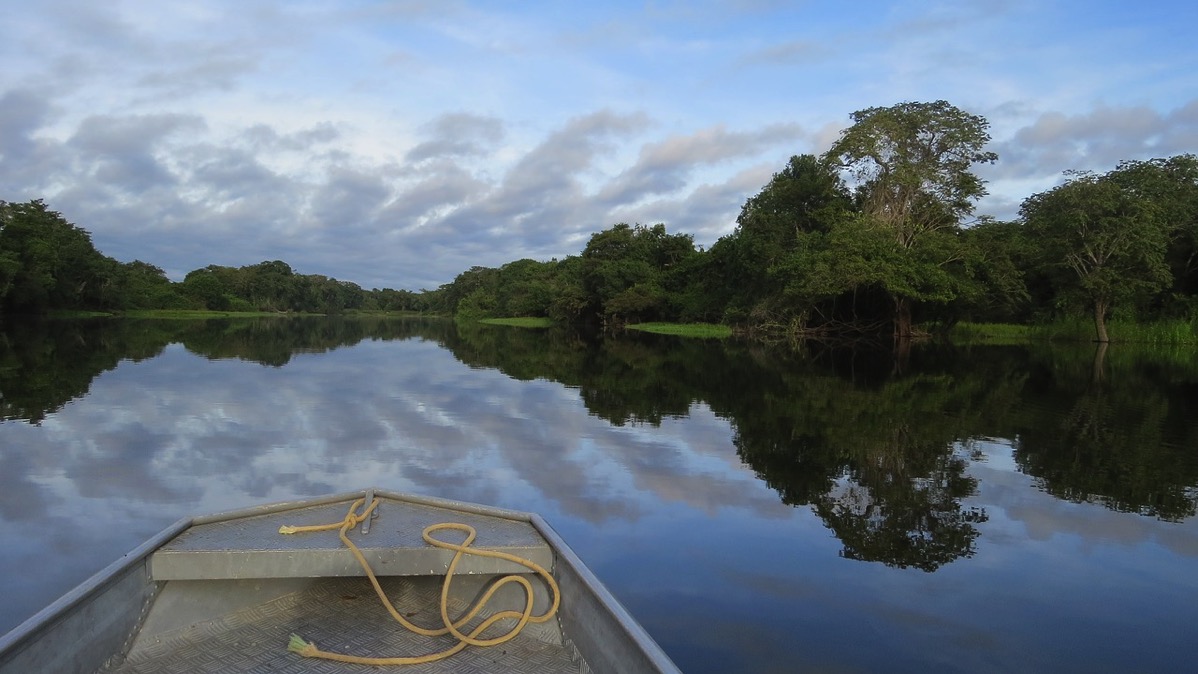
I recently watched a short, thought-provoking documentary on Netflix from U.K. broadcaster Channel 4 called “First Contact: Lost Tribe of the Amazon.”
It contains some captivating footage of uncontacted tribes in the Amazon, on both the Peruvian and Brazilian sides, emerging from the wilderness.
(Uncontacted people are those with no direct contact with civilization. In parts of the Amazon, laws set aside lands for such people, and forbid outsiders from interacting with them.)
The filmmaker, Angus Macqueen, has written online that the uncontacted people in the documentary have seemed motivated to change their behavior — to venture out of the wilderness — due to:
- A need to flee encroachment from illegal loggers and drug runners
- A desire to obtain materials they don’t have, like axes and clothing
In addition to raising ethical questions about governmental policies that intentionally keep such people isolated, where they lack basic medical care and often starve, I was wondering:
Are we seeing this phenomenon elsewhere? Is there something larger at play in our increasingly globalized the world? Are other uncontacted people also emerging?
I did a little research, and estimates suggest most uncontacted peoples are located in:
- the Amazon, and
- New Guinea
The film covers a pocket of the first, but as for the second, I haven’t been able to find any reports of uncontacted people in Asia increasingly venturing out of their lands.
This suggests to me that rather than a global trend, the film shows behavior that is indeed unique to the Amazon.
But maybe I’m missing something? I’ll have to keep investigating.
If you have any thoughts, drop me a line (n @ newley dot com) or leave a comment below.